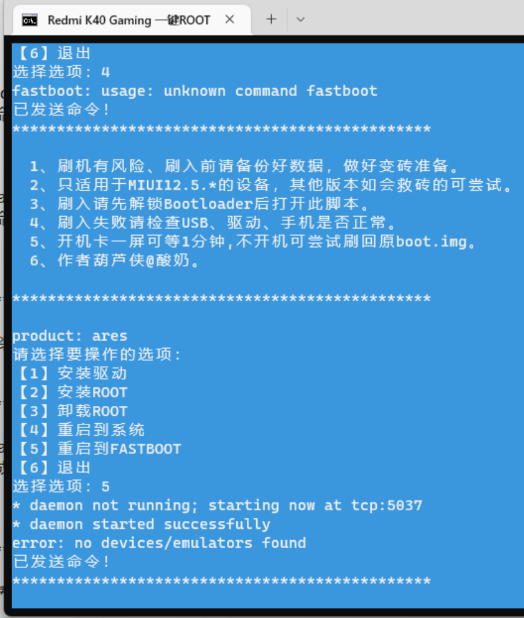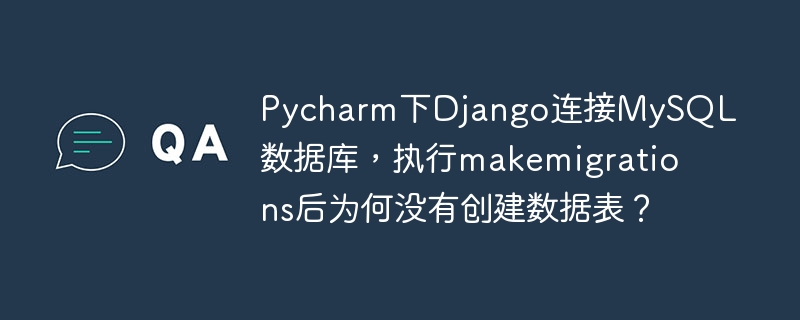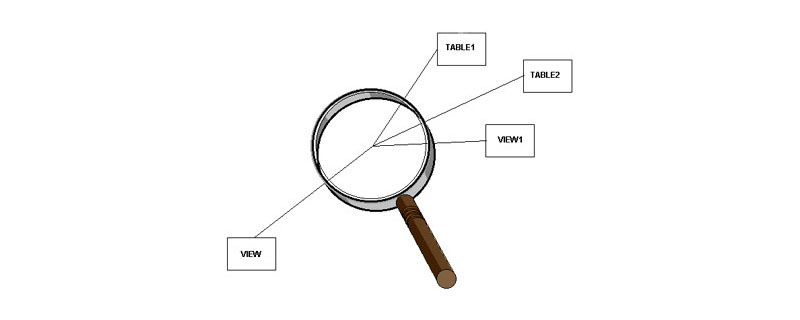利用mybatis-paginator实现分页 1、mybatis-paginator简介 mybatis-paginator是gethub上的一个开源项目、用于java后台获取分页数据、该开源项目还提供一个列表组件(mmgrid)用于前端展示。 该开源项目地址:https://github.com/miemiedev 2、该开源项目的使
利用mybatis-paginator实现分页
1、mybatis-paginator简介
mybatis-paginator是gethub上的一个开源项目、用于java后台获取分页数据、该开源项目还提供一个列表组件(mmgrid)用于前端展示。
该开源项目地址:https://github.com/miemiedev
2、该开源项目的使用说明:
Maven中加入依赖:
<dependencies> ... <dependency> <groupid>com.github.miemiedev</groupid> <artifactid>mybatis-paginator</artifactid> <version>1.2.10</version> </dependency> ... </dependencies>
Mybatis配置文件添加分页插件:
<?xmlversionxmlversion ="1.0"encoding="UTF-8"?> nbsp;configuration PUBLIC "-//ibatis.apache.org//DTD Config 3.0//EN" "http://ibatis.apache.org/dtd/ibatis-3-config.dtd"> <configuration> <plugins> <plugin> <propertynamepropertyname></propertynamepropertyname> </plugin> </plugins> </configuration>
创建一个查询,内容可以是任何Mybatis表达式,包括foreach和if等:
<selectidselectid> select * from TEST_USER where city = #{city}; </selectidselectid>
Dao中的方法或许是这样(用接口也是类似):
public List findByCity(String city, PageBounds pageBounds){ Mapparams =new HashMap(); params.put("city",city); returngetSqlSession().selectList("db.table.user.findByCity", params, pageBounds); }
调用方式(分页加多列排序):
int page = 1; //页号 int pageSize = 20; //每页数据条数 String sortString = "age.asc,gender.desc";//如果你想排序的话逗号分隔可以排序多列 PageBounds pageBounds = newPageBounds(page, pageSize , Order.formString(sortString)); List list = findByCity("BeiJing",pageBounds); //获得结果集条总数 PageList pageList = (PageList)list; System.out.println("totalCount: "+ pageList.getPaginator().getTotalCount());
PageList类是继承于ArrayList的,这样Dao中就不用为了专门分页再多写一个方法。
使用PageBounds这个对象来控制结果的输出,常用的使用方式一般都可以通过构造函数来配置。
new PageBounds();//默认构造函数不提供分页,返回ArrayList new PageBounds(int limit);//取TOPN操作,返回ArrayList new PageBounds(Order... order);//只排序不分页,返回ArrayList new PageBounds(int page, int limit);//默认分页,返回PageList new PageBounds(int page, int limit, Order... order);//分页加排序,返回PageList new PageBounds(int page, int limit, Listorders,boolean containsTotalCount); //使用containsTotalCount来决定查不查询totalCount,即返回ArrayList还是PageList
=========================================
如果用的是Spring MVC的话可以把JSON的配置写成这样:
<annotation-driven> <message-converters> <bean> <constructor-argvalueconstructor-argvalue></constructor-argvalueconstructor-argvalue> </bean> <bean> <property> <bean></bean> </property> </bean> </message-converters> </annotation-driven>
那么在Controller就可以这样用了:
@ResponseBody @RequestMapping(value ="/findByCity.json") public List findByCity(@RequestParam String city, @RequestParam(required =false,defaultValue ="1") intpage, @RequestParam(required =false,defaultValue ="30") intlimit, @RequestParam(required =false) String sort, @RequestParam(required =false) String dir) { return userService.findByCity(city, newPageBounds(page, limit, Order.create(sort,dir))); }
然后序列化后的JSON字符串就会变成这样的:
{ "items":[ {"NAME":"xiaoma","AGE":30,"GENDER":1,"ID":3,"CITY":"BeiJing"}, {"NAME":"xiaoli","AGE":30,"SCORE":85,"GENDER":1,"ID":1,"CITY":"BeiJing"}, {"NAME":"xiaowang","AGE":30,"SCORE":92,"GENDER":0,"ID":2,"CITY":"BeiJing"}, {"NAME":"xiaoshao","AGE":30,"SCORE":99,"GENDER":0,"ID":4,"CITY":"BeiJing"} ], "slider": [1, 2, 3, 4, 5, 6, 7], "hasPrePage":false, "startRow": 1, "offset": 0, "lastPage":false, "prePage": 1, "hasNextPage":true, "nextPage": 2, "endRow": 30, "totalCount": 40351, "firstPage":true, "totalPages": 1346, "limit": 30, "page": 1 }
=========================================
在SpringMVC中使用JSTL的话可以参考一下步骤(懒人用法)
在Spring配置文件中加入拦截器,或则参考拦截器实现定义自己的拦截器
<interceptors> <interceptor> <mapping></mapping> <bean></bean> </interceptor> </interceptors>
然后Controller方法可以这样写
@RequestMapping(value ="/userView.action") public ModelAndView userView(@RequestParam String city, @RequestParam(required =false,defaultValue ="1")intpage, @RequestParam(required =false,defaultValue ="30")intlimit, @RequestParam(required =false) String sort, @RequestParam(required =false) String dir) { List users = userService.findByCity(city,newPageBounds(page, limit, Order.create(sort,dir))); returnnewModelAndView("account/user","users", users); }
JSP中就可以这样用了,拦截器会将PageList分拆添加Paginator属性,默认命名规则为”原属性名称”+”Paginator”
| ${user[‘ID’]} | ${user[‘NAME’]} | ${user[‘AGE’]} |
上一页: ${usersPaginator.prePage} 当前页: ${usersPaginator.page} 下一页: ${usersPaginator.nextPage} 总页数: ${usersPaginator.totalPages} 总条数: ${usersPaginator.totalCount} 更多属性参考Paginator类提供的方法
=========================================
如果用如下方法设置pageBounds,当前这个查询就可以用两个线程同时查询list和totalCount了
pageBounds.setAsyncTotalCount(true);
如果所有的分页查询都是用异步的方式查询list和totalCount,可以在插件配置加入asyncTotalCount属性
<plugin> <property></property> <property></property> </plugin>
但是你仍然可以用下面代码强制让这个查询不用异步
pageBounds.setAsyncTotalCount(false);
当然需要注意的是,只要你用到了异步查询,由于里面使用了线程池,所以在使用时就要加入清理监听器,以便在停止服务时关闭线程池。需要在web.xml中加入
<listener> <listener-class>com.github.miemiedev.mybatis.paginator.CleanupMybatisPaginatorListener</listener-class> </listener>
以上就是[DB][MyBatis]利用mybatis的内容,更多相关内容请关注PHP中文网(www.php.cn)!


















